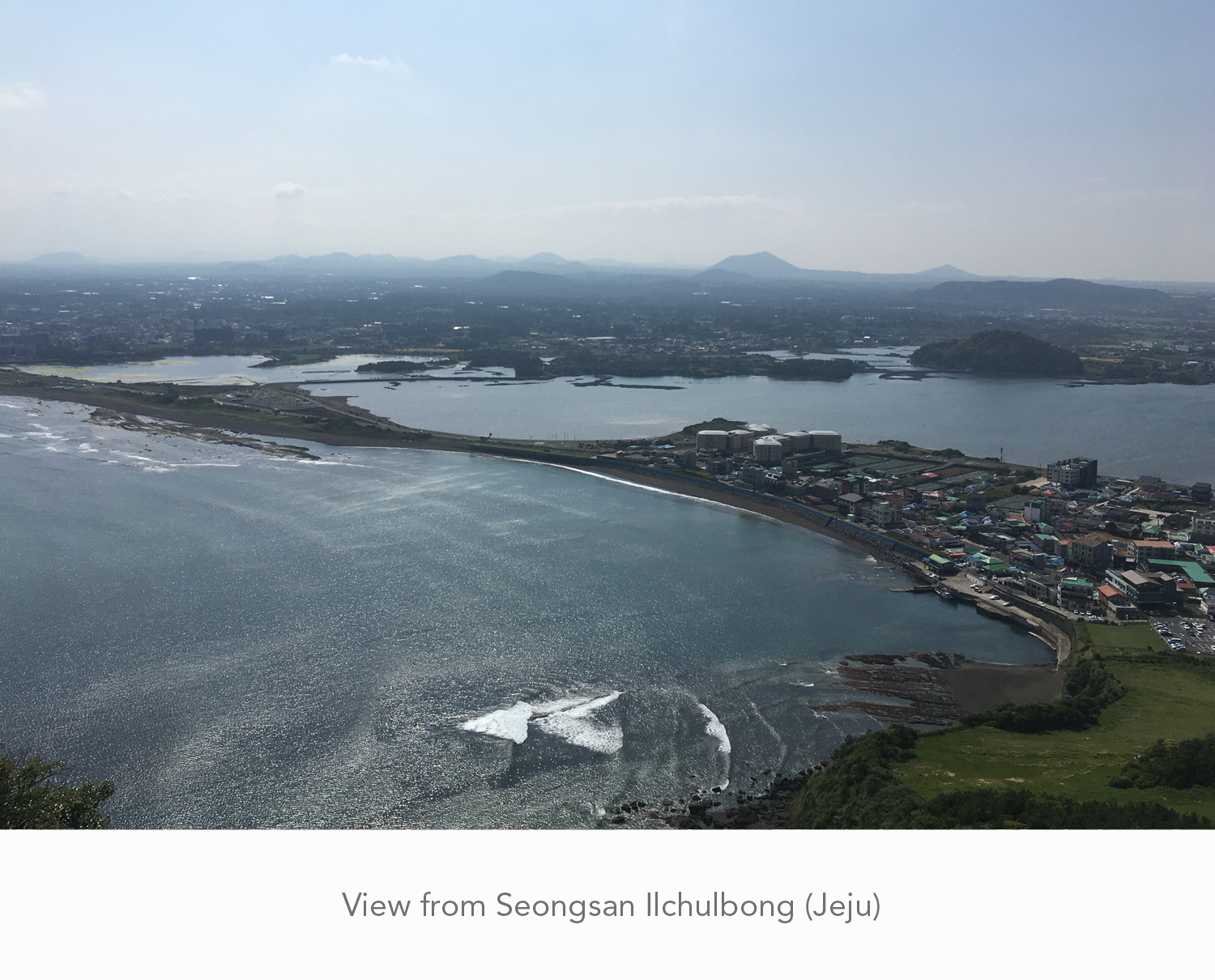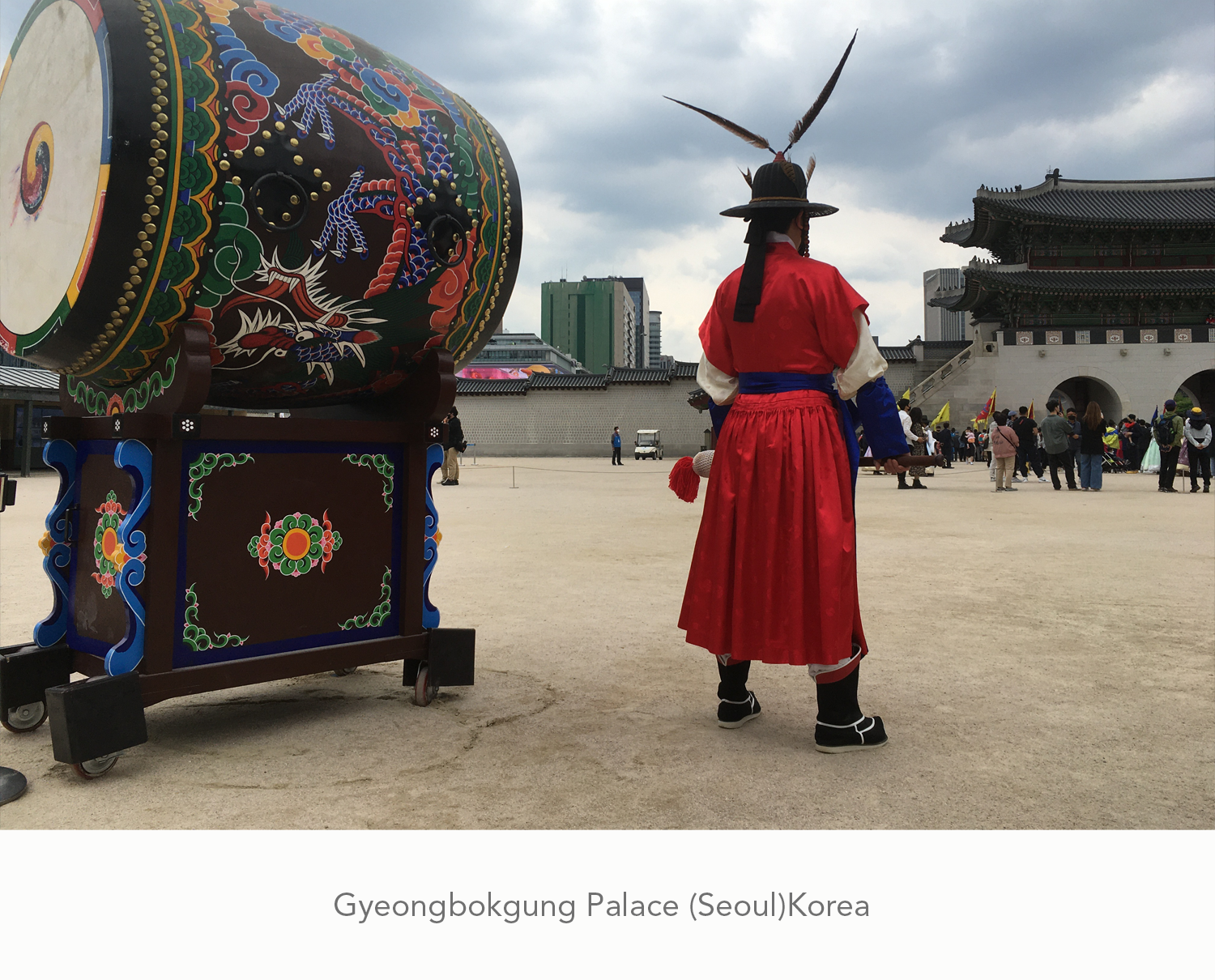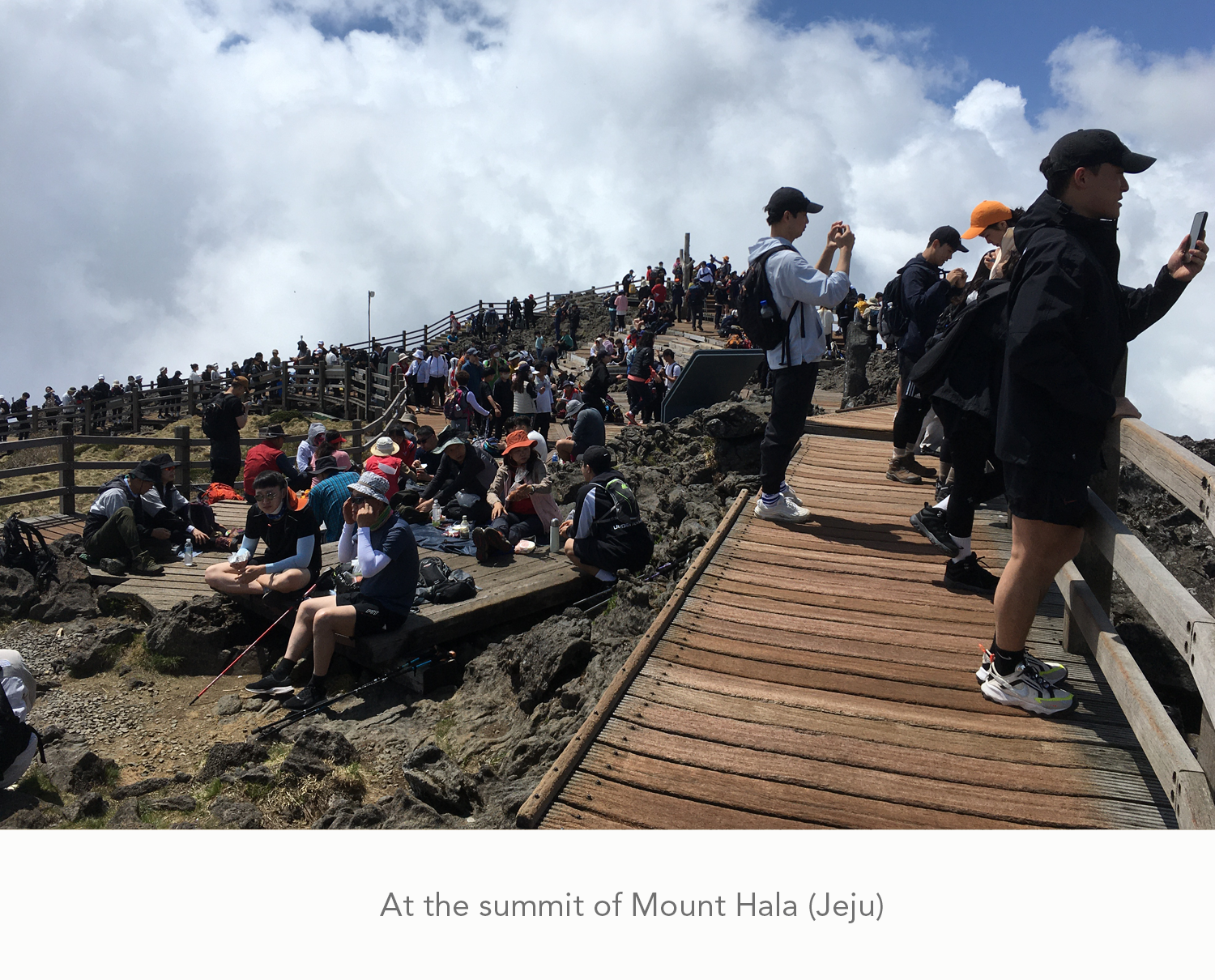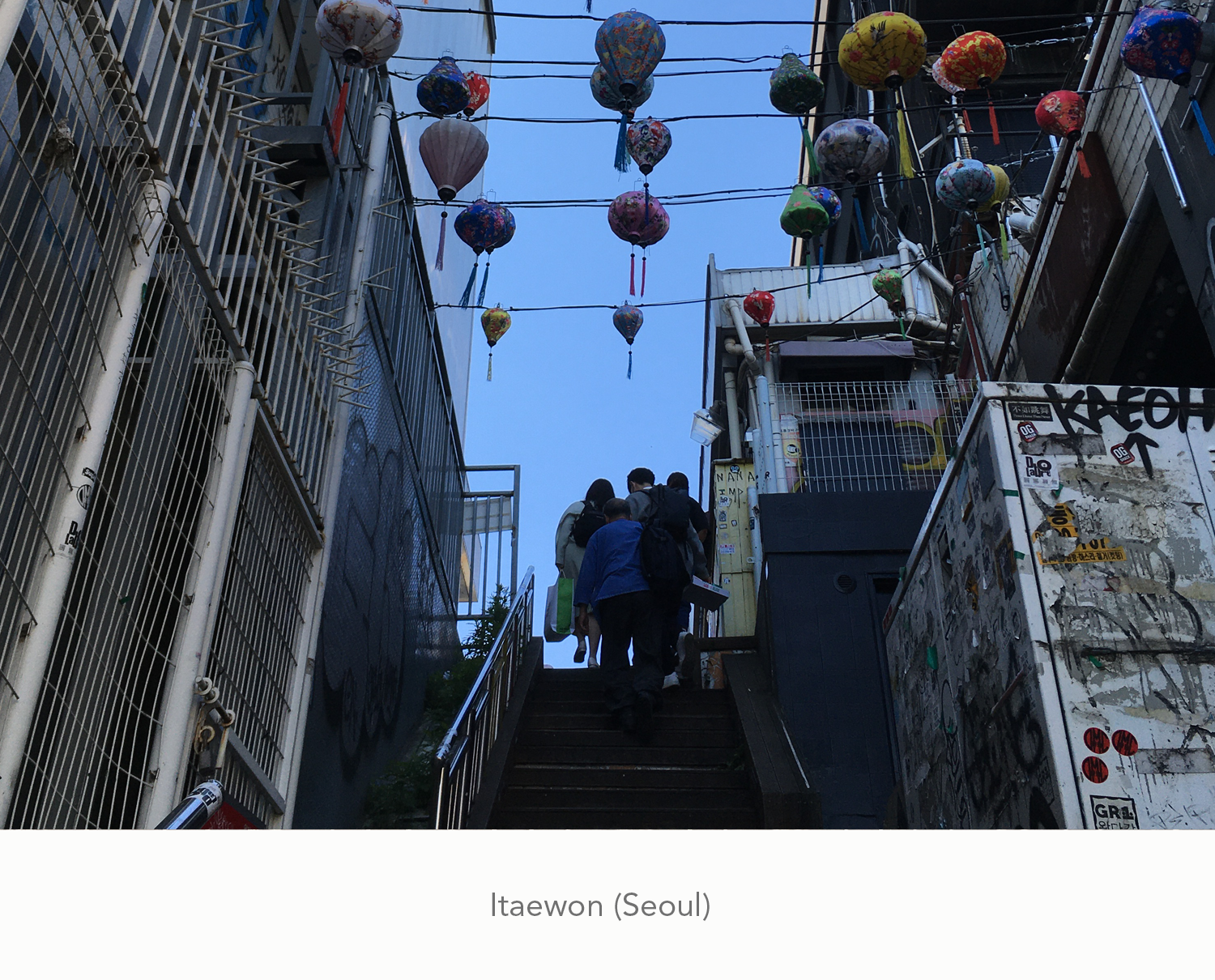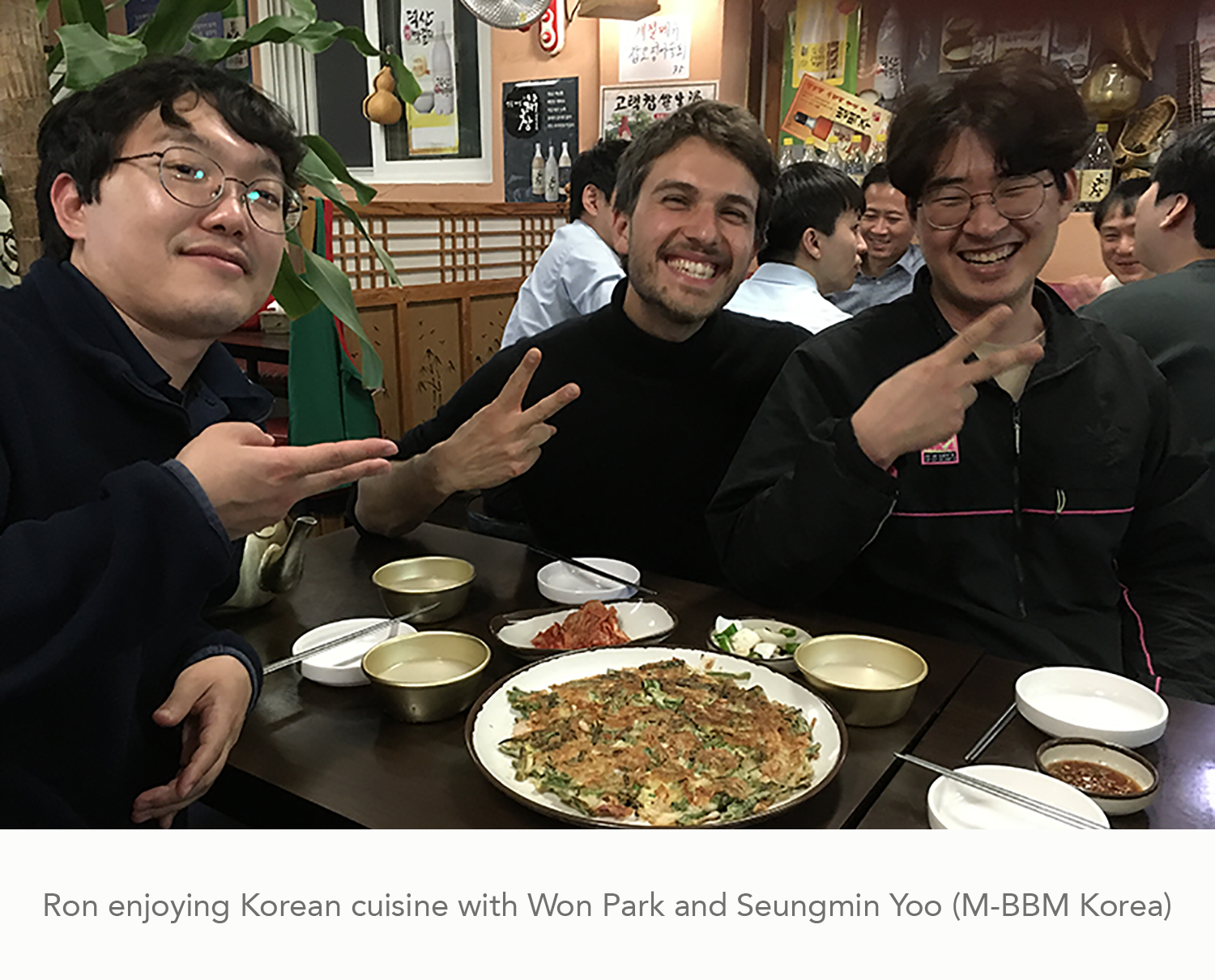A Success Story: VIBES & Hyundai Motor Company
26 August 2022
VIBES.technology’s Customer Success Manager Ron Reichart traveled to South Korea several times in April, May, and July 2022 to oversee our collaboration with Hyundai Motor Company (HMC). As our partnership with the Noise Vibration Harshness (NVH) Research Group at HMC is a roaring success, it is noteworthy of revisiting.
Our History with HMC
The beginning of this success story starts with Dennis de Klerk (co-founder of VIBES). Dennis believed it would be helpful to visit our customers from Müller-BBM. Thus, he contacted his colleagues in Korea, who arranged this visit. As an expert about Dynamic Substructuring (DS) and Transfer Path Analysis (TPA), HMC welcomed him with great enthusiasm. With this, he delivered a presentation to a few dozen other individuals, where he met David Song (Senior Research Engineer at HMC).
During that time, the standard industry-methods were not accurate enough to tackle system-level target cascading using Blocked Forces. David knew that a complex system, like a suspension, cannot be modeled accurately using simulation, but needs to use a test-based approach. Since David was already following Dennis’ and Maarten van der Seijs’s (co-founder of VIBES) research, he was convinced that this can be achieved with high-quality Virtual-Point FRF models. DIRAC, the CAD-based testing software, makes test-based modeling intuitive and allows integrating it into the vehicle development process. The high expertise of VIBES combined with the great software solutions, convinced David that he will be successful in solving the target cascading goals of HMC.
This is how our partnership and projects got initiated. Over the years, additional engineers have participated in the HMC initiatives, including MunHwan Cho, who is the Senior Research Engineer of HMC. With more individuals participating, our relationship with HMC became stronger.
Throughout this partnership and several projects with HMC, we focused on applying methods for source characterization and dynamic substructuring, to solve the challenges in road noise development. In this project, we have performed several approaches for characterizing source components accessible within the TPA methodology family. And we have conducted numerous techniques to derive either Blocked Forces (BF) or Interface Forces (IF), depending on the situation at hand and available equipment. To read more about this story, click here.
Projects
The introduction of Project 1 in 2019 (mentioned above), marked the beginning of one of the several methods for acquiring either Blocked Forces or Interface Forces. Hence, Project 2 was initiated to improve this newfound technology.
Project 2 began in 2020, promising new tire noise development methodologies to address further needs and requirements of the technology, such as:
- Creation of different bushings, stiffness, hardness
- First application of Stiffness Injection (SI) for bushing modifications
- Usage of BF in different test assemblies
- Establishment of fundamental tests for validation
- Comparison and contrast of different BF TPA methodologies
The subsequent year, 2021, saw the development of Project 3. It primarily emphasized the Stiffness Injection technology. As suspension is considered complex, there is a shift in the degrees of freedom (DOF). The solution is then optimizing the problem using an algorithm, which improves the method for finding the right bushing variables.
``The SI Technology allows us to make suggestions for the design of the suspension bushings very early in the development process - at a stage where no other party is able to come up with design recommendations, which are backed up by data.``
– David Song, Senior Research Engineer Hyundai Motor Company R&D division –
Towards More Successes with HMC
Currently in 2022, we are simultaneously working on Projects 4 and 5 with HMC. Project 4 is primarily concerned with optimization. By learning from past projects, we are replicating them on a new platform, which also focus on creating a standard process for the suspension development, building on our findings from the previous projects.
Furthermore, the objective of Project 5 is to create a uniform methodology, which creates a standard workflow for the BF TPA to characterize various tire models. This emphasizes the modularization of component and part identification.
In the future, it will be more about training all the HMC development engineers to independently do projects by themselves. We also aim to further optimize our software solutions for the modular vehicle development, and to continue researching further possibilities to apply our methodologies to the suspension design. In defining workflow and procedures, we aim to put ideas into action. In addition, we want to establish the condensation of all previous collaborations: workflow development for BF TPA and SI optimization application in vehicle development.
Moreover, we want to create standard operating practices. This is to provide a methodologically consistent strategy for future endeavors and development. We plan for this technique to be applicable to the development of any vehicle, and not just ours. Thus, Development Engineers will be able to do so with ease in the future when utilizing VIBES software (DIRAC, SOURCE and COUPLE).
``Software has come a long way over the time of our collaboration. Where we mostly used the VIBES Toolbox for MATLAB in the first projects, and we are now looking at analysis results directly after the tests with SOURCE. SOURCE is loaded with powerful features that are quite easy to use. This allows us to solve the problems of tire noise development in a very early design stage. No other software with a very stiff workflow is user friendly enough for this agile work.``
– MunHwan Cho –
Discovering More of Korea
Next to working on the projects at HMC, Ron also discovered more of the beautiful area of South Korea. He visited the world-famous tourist destination Jeju Island. He hiked to the top of Mount Hala, discovering the wonders of the beautiful volcanic island. In addition to this, Ron explored the Seoul food market and the many cafés and restaurants in Seoul, where he indulged in both traditional and contemporary Korean cuisine.
After seeing the natural, cultural, and technological splendor of Korea, Ron concluded that those involved in the Hyundai Motor Company are unquestionably driven by a desire for growth and innovation. They have been a huge asset, and Ron appreciated the spirit of cooperation and mutual improvement in software research and development. These types of collaborations, with any of our partners, allow us to produce great software—by engineers for engineers. Conclusively, more partnerships are on the horizon, and we at VIBES.technology are eager to push the frontiers of our software innovation even further!


